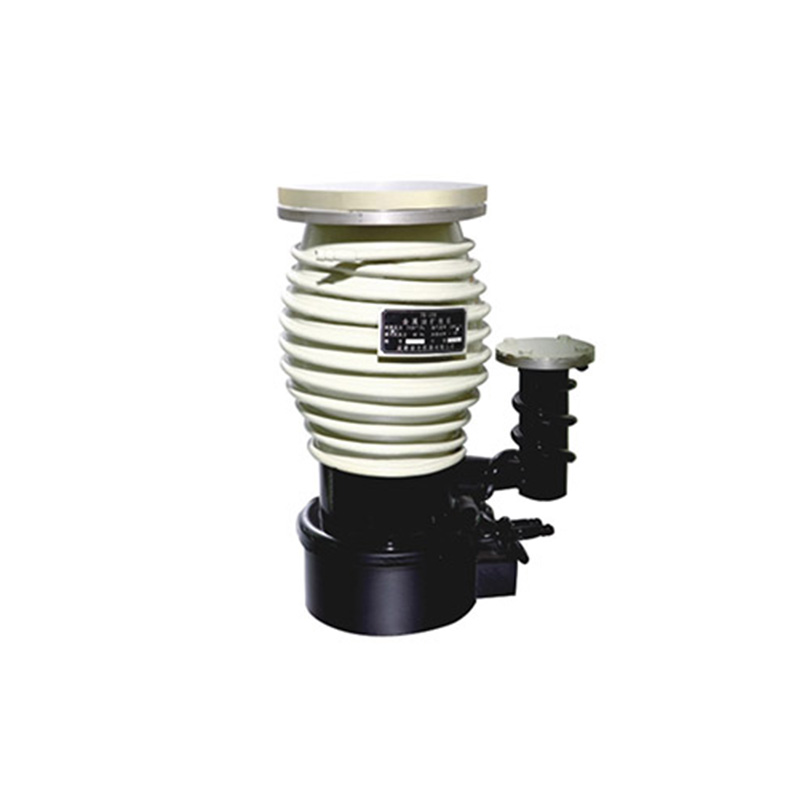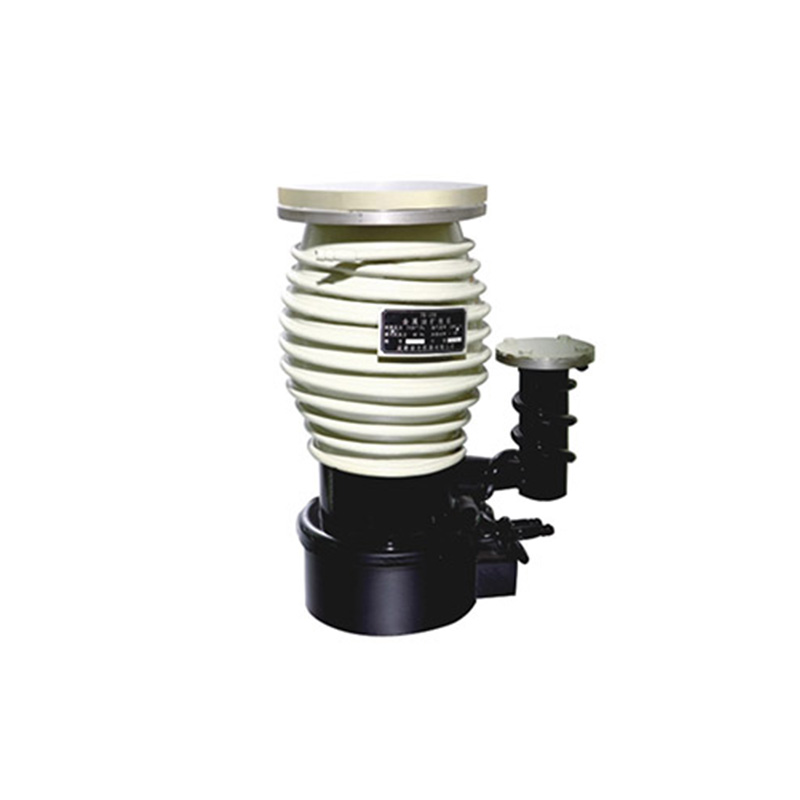High Pumping Speed Oil Diffusion Vacuum Pump

Vacuum oil diffusion pump is a device that uses high-speed directional steam jet to carry and compress gas molecules to obtain high vacuum to ultra-high vacuum (usually in the range of 10 10 ² Pa to 10 10 Pa). It is a mechanical vacuum pump, but itself can not directly against atmospheric pressure, must be used in series with the backing pump (such as rotary vane pump). Vacuum oil diffusion pump is a classical and efficient equipment for obtaining high vacuum. Although oil-free turbomolecular pumps and cryopumps have gradually replaced part of its market in the field of clean vacuum in recent years, oil diffusion pumps still play an important role in many industrial fields because of their simple structure, low cost, high pumping speed and easy maintenance.
Structure
Pump body: usually cylindrical or conical metal casing. Heater: located at the bottom of the pump to heat the pump oil.
Pump oil: special oil with high temperature and low vapor pressure, which is the working medium.
Ejector (umbrella-shaped nozzle): An umbrella-shaped structure with multiple layers stacked. After passing through these nozzles, the vaporized oil vapor forms several supersonic directional steam jets.
Cooling system: a water cooling jacket is usually provided outside the pump wall to condense the oil vapor and make it flow back to the bottom for circulation.
How it works
Jet generation: The heater heats the pump oil at the bottom, producing a large amount of oil vapor. The oil vapor rises along the central draft tube and is ejected from the umbrella-shaped nozzles at all levels to form a dense supersonic oil molecular jet from top to bottom.
Carry-over gas: gas molecules in the vessel to be evacuated diffuse into these jets. Because the mass and velocity of oil molecules are much greater than those of gas molecules, gas molecules will obtain a downward momentum after colliding with oil molecules, which will be "captured" and "carried" by the oil vapor jet.
Compressed gas: The gas molecules are continuously compressed and transported downward through the stepwise action of the multi-stage nozzle, and finally gather at the outlet of the pump to form a higher pressure (but still far below atmospheric pressure).
Discharge and backing pump: The gas compressed at the outlet is pumped away by a backing pump (such as a rotary vane pump) and discharged into the atmosphere.
Oil circulation: When the oil vapor that completes the work contacts the wall of the water-cooled pump, it is condensed into liquid, which flows back to the bottom heating pot along the wall of the pump, and is heated and evaporated again to complete a cycle.
Advantage
High pumping speed: especially in the high vacuum range, the pumping speed is very fast.
No moving parts: there are no high-speed rotating or reciprocating parts in the pump body, with simple structure, stable operation, low noise and long service life.
High ultimate vacuum: very clean high vacuum and ultra-high vacuum can be obtained.
Corrosion resistance: It can pump out all kinds of corrosive, flammable and explosive gases (but the gas will eventually enter the backing pump, so attention should be paid to the tolerance of the backing pump).

